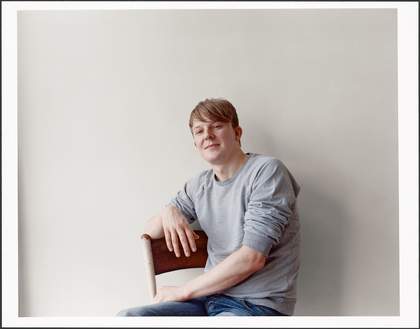Editors’ note
Many of us have little idea about the process an artist goes through in making a work: of the struggle, the false starts, the frustrations, the dead ends. It is not necessarily apparent in the end product. An artist’s work can be judged on a single exhibition or piece, which means there is plenty of scope to be misinterpreted or misunderstood – a subject discussed heatedly between this year’s Turner Prize nominees.
Sometimes destruction of the work is an option. Picasso understood this when he said that ‘an image is the sum of its destructions’. In the case of John Baldessari, a literal act of destruction was his response to feeling ‘inundated’ by his own paintings. In 1970 he cremated most of his art done between 1853 and 1966. Cremation Project 1970 became an artwork in itself. A dramatic act, but the artist equates it more benignly with the cycle of life in his conversation with the curator of Tate Modern’s Baldessari retrospective. What would his future work have been like if he had not gone through this cathartic purging? It is a question one might also ask of Michael Landy, who catalogued and destroyed all his possessions in his project Break Down 2001, and who is co-curating an exhibition of Jean Tinguely’s work at Tate Liverpool, which features elements of Tinguely’s Homage to New York, a self-destroying sculpture that ‘committed suicide’ in New York’s Museum of Modern Art sculpture garden in 1960.
Destruction is not just physical. As Bob Colacello recounts of his time with Andy Warhol, the artist was never an easy person to know. His friendship went ‘from love to hate”, because ‘Andy loved to push people’s buttons’. As was explored in Tate modern’s exhibition Pop life: Art in the Material World, Warhol’s persona continues to resonate and fascinate across the generations.
Bice Curiger and Simon Grant


